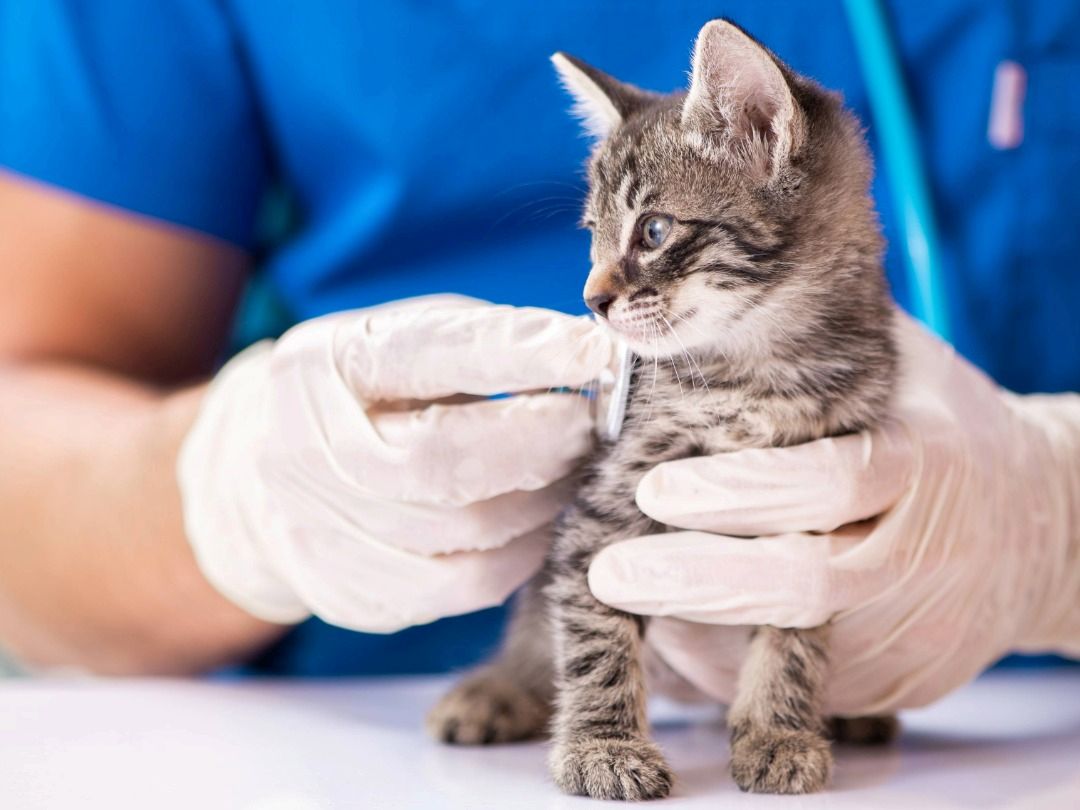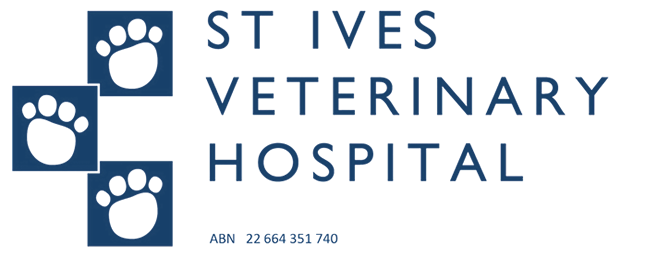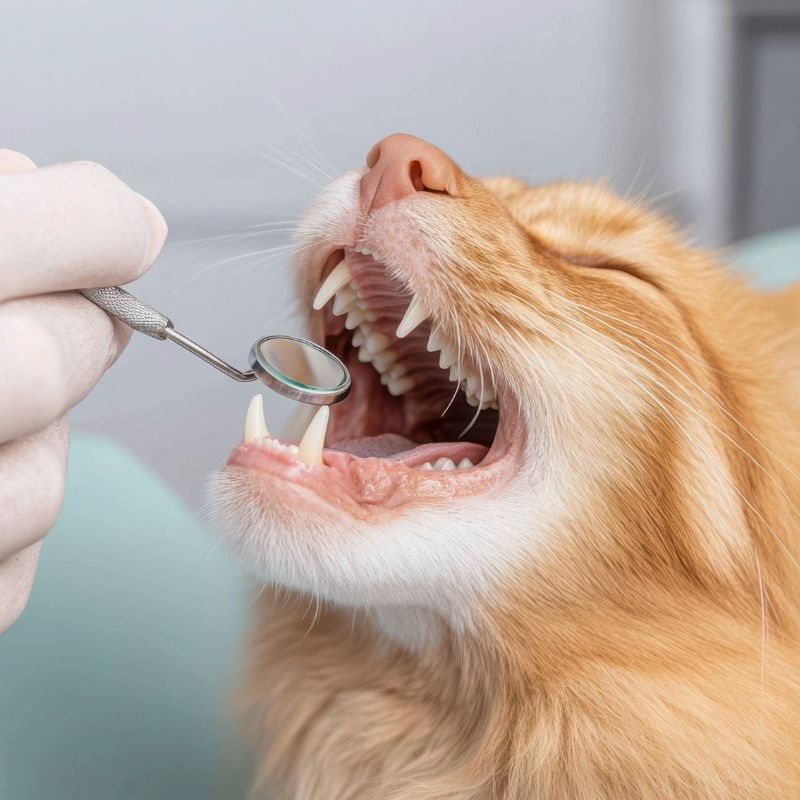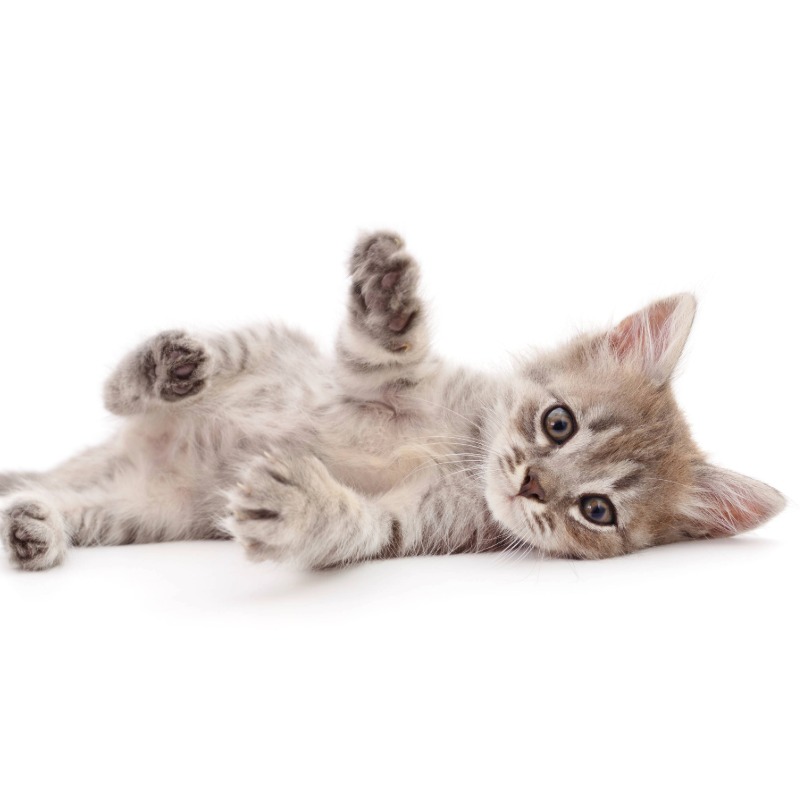Dentistry for Cats
We cannot emphasise enough how important it is to take care of your cat’s teeth and gums, so your vet will check their condition during an annual health check.
Just like humans, our cats need their teeth looked after too! The health of their teeth and gums has a significant impact on their overall quality of life.

Dental health is often one of the most overlooked aspects of pet’s care, so we have lots to say in this section! Early assessment and action can save your pet’s teeth!
Dental Health
Imagine how your mouth would feel and smell if you never brushed your teeth. Imagine having an awful toothache and not being able to tell anyone about it!
Dental disease typically begins with a build-up of plaque consisting of bacteria, saliva and food particles on the teeth. Plaque sticks to the tooth surface above and below the gum line and if not removed will calcify into tartar (also known as calculus). This appears as a yellow-brown material on the teeth. Over time the plaque and tartar can result in periodontal disease. This can lead to irreversible changes to the teeth, gums and sometimes even jaw bones.
Just like humans, brushing at home is not enough to keep your cat’s mouth healthy, they will likely need some professional cleaning throughout the course of their life.
Your vet will advise you during your cat’s annual health check if they require a dental procedure – depending on your pet’s age, breed, genetics, diet and lifestyle, some pets require more regular professional dentistry while others can get away with years at a time between dentals.
If your vet has recommended a dental procedure for you cat, please try to arrange this as soon as possible – our aim is to try and prevent cats needing dental extractions in the first place, but tooth fractures, decay and gum disease only get worse and more painful over time if not treated. If severe dental disease is left untreated it can lead to serious health problems beyond bad breath and pain, such as heart, liver and kidney failure and sepsis.
What does a professional dentistry procedure involve? Well, it is just like a scale and polish at the dentist for humans, however unlike us, our pets won’t sit still or open their mouth to allow a comprehensive examination or cleaning of their teeth, and the noise of the cleaning equipment can be scary for them.
For this reason, our cats need to have a general anaesthetic for their complete oral exam, dental x-rays and scale & polish. If the vet finds that your pet requires the removal of any teeth after the exam and x-rays, they can call you to discuss what is needed. Once the dental is complete, your pet is monitored closely by our vets and nurses while they recover from anaesthesia and most patients will go home the same day.
Some signs of dental disease you might notice at home:
- Yellow or brown tartar around the gum line
- Inflamed, red gums
- Bad breath
- Change in eating or chewing habits
- Pawing at the face or mouth
- Rubbing face or mouth on the ground or furniture
- Excessive drooling
- Bleeding or discharge from the gums or mouth
- Signs of pain or aggression when you try to touch near their mouth
If your cat is showing any of these signs of dental disease, please book an appointment to see one of our friendly vets.
Please ask your vet or reception about the various home-care options we recommend using to keep your pet’s mouth healthy and remember that like brushing your own teeth, consistency is key! Click HERE to view our informational brochure on pet dentistry procedures at St Ives Veterinary Hospital.



